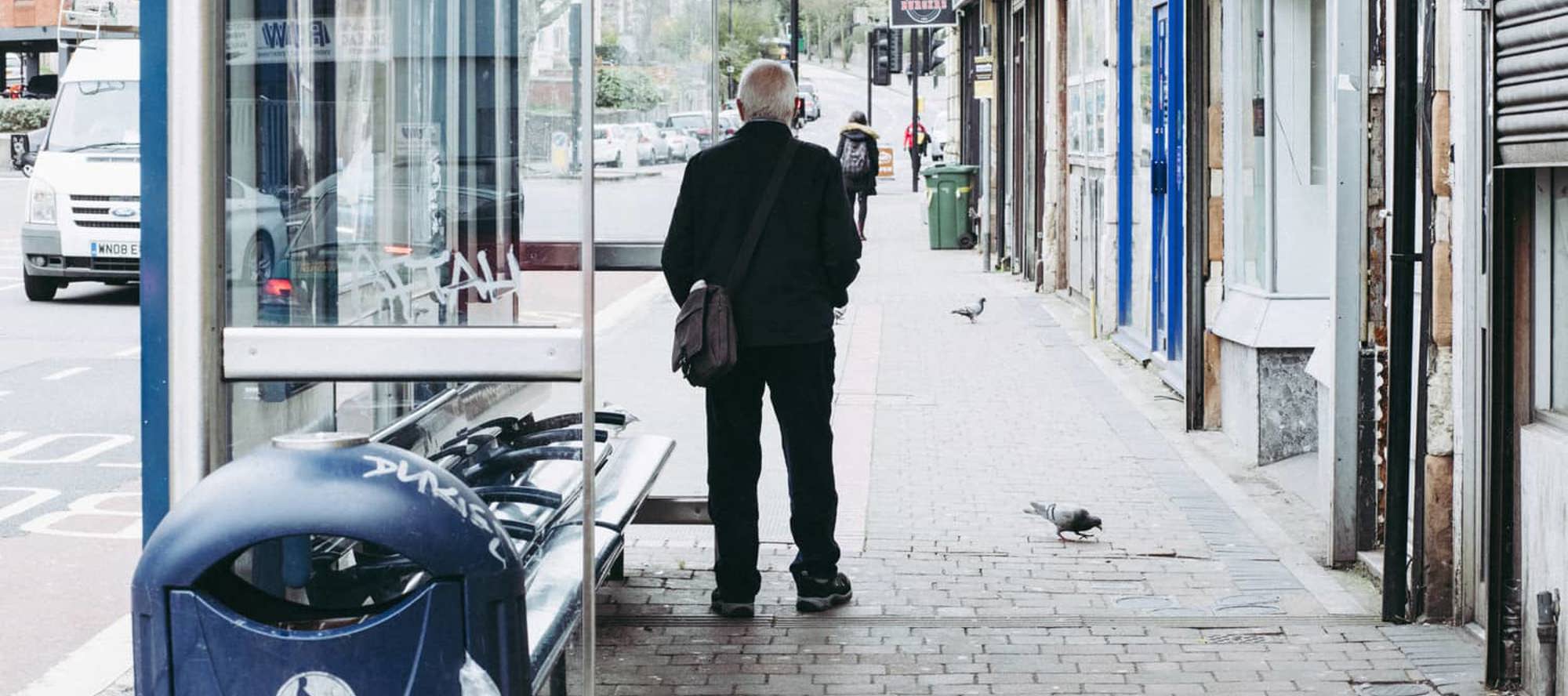Discriminatory abuse is a category in safeguarding adults’ policy. It occurs when prejudices motivate the abuse of a person with protected characteristics who also has care and support needs.
The Care Act 2014’s Care and Support Statutory Guidance (DOH, 2021) states that discriminatory abuse entails slurs, harassment and other similar treatment on the basis of characteristics like age, disability, race, sexuality, gender or gender identity (i.e. protected characteristics from the Equality Act, 2010). Some people will have more than one protected characteristic, which therefore draws in the concept of intersectionality, and some characteristics will be less visible. An example could be physical abuse that is motivated by racism or ageism, or neglect or institutional abuse motivated by homophobia or ableism.
Although discriminatory abuse is prominent in several Safeguarding Adult Reviews (previously Serious Case Reviews), it is rarely reported in practice according to recent official statistics. Yet the closely related phenomenon of disability hate crime has been increasing in terms of reporting, showing some inconsistency.
In this context, it is important to ask ‘why is discriminatory abuse so rarely reported?’
People with care and support needs who have experienced abuse on the basis of a protected characteristic may be participating in safeguarding processes without reference to the impact of discrimination they have experienced. It is unclear what support practitioners need to enhance their confidence and skills in working in this area.
Along with colleagues from Research in Practice and the Local Government Association/ADASS Care and Health Improvement Programme, I undertook a literature review to seek answers to this important question (Mason et al, 2022). We found a range of reasons to explain the low reporting rate.
First of all, discriminatory motives for abuse can be hard to identify. The acts of abuse that implement discriminatory attitudes may be more immediately obvious, whilst prejudicial motivations remain at the hidden level of thoughts (e.g. financial abuse may be more obvious than any discriminatory motivations that underpinned this). Therefore, discriminatory abuse may be hidden behind other categories of abuse. This does not necessarily mean that discrimination is not being identified in addition to more obvious forms of abuse – for example, there is growing attention to ‘hate crime’ (abuse based on protected characteristics) and ‘mate crime’ (abuse perpetrated by someone who poses as a friend or is assumed to be a friend) which operate in similar ways – but more subtle forms of discrimination might be hidden in this way.
Secondly, many people with protected characteristics experience discrimination on an everyday or apparently casual basis and when this becomes normalised, it can be difficult to name it as a special feature in an abusive situation. The link with protected characteristics may raise issues of stigma or shame, so a person experiencing discrimination may be reluctant to share this with a professional.
Finally, the statutory guidance definition of discriminatory abuse may be framed too narrowly. Slurs and harassment are interpersonal and behavioural, but discrimination occurs in more contextual and social situations. For example, poverty and the impacts of austerity mean that societal inequalities are exacerbated, creating environments in which discrimination is more likely to happen. Alternatively, cuts to support services in the context of austerity may mean that people are more socially isolated and vulnerable to discrimination.
So far, we have been able to identify these themes from the literature and continue to work with the Care and Health Improvement Programme in the Local Government Association / Association of Directors of Adult Social Services to raise awareness in the sector.
However, there are outstanding gaps in our knowledge of how practitioners work with discriminatory abuse in safeguarding practice.
Contact
Karl can be contacted at karl.mason@rhul.ac.uk or via twitter on @karlsw8.
References
Department of Health and Social Care (2022) Care and Support Statutory Guidance. London: DHSC
Mason, K., Biswas-Sasidharan, A., Cooper, A., Shorten, K and Sutton, J. (2022) Discriminatory Abuse: Time to Revive a Forgotten Category of Abuse, Journal of Adult Protection, 24(2), pp.115-125

